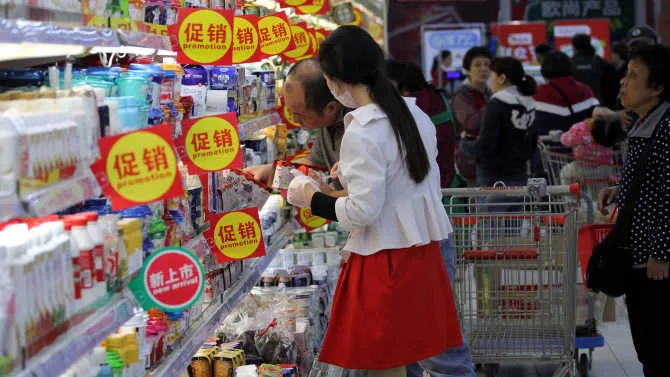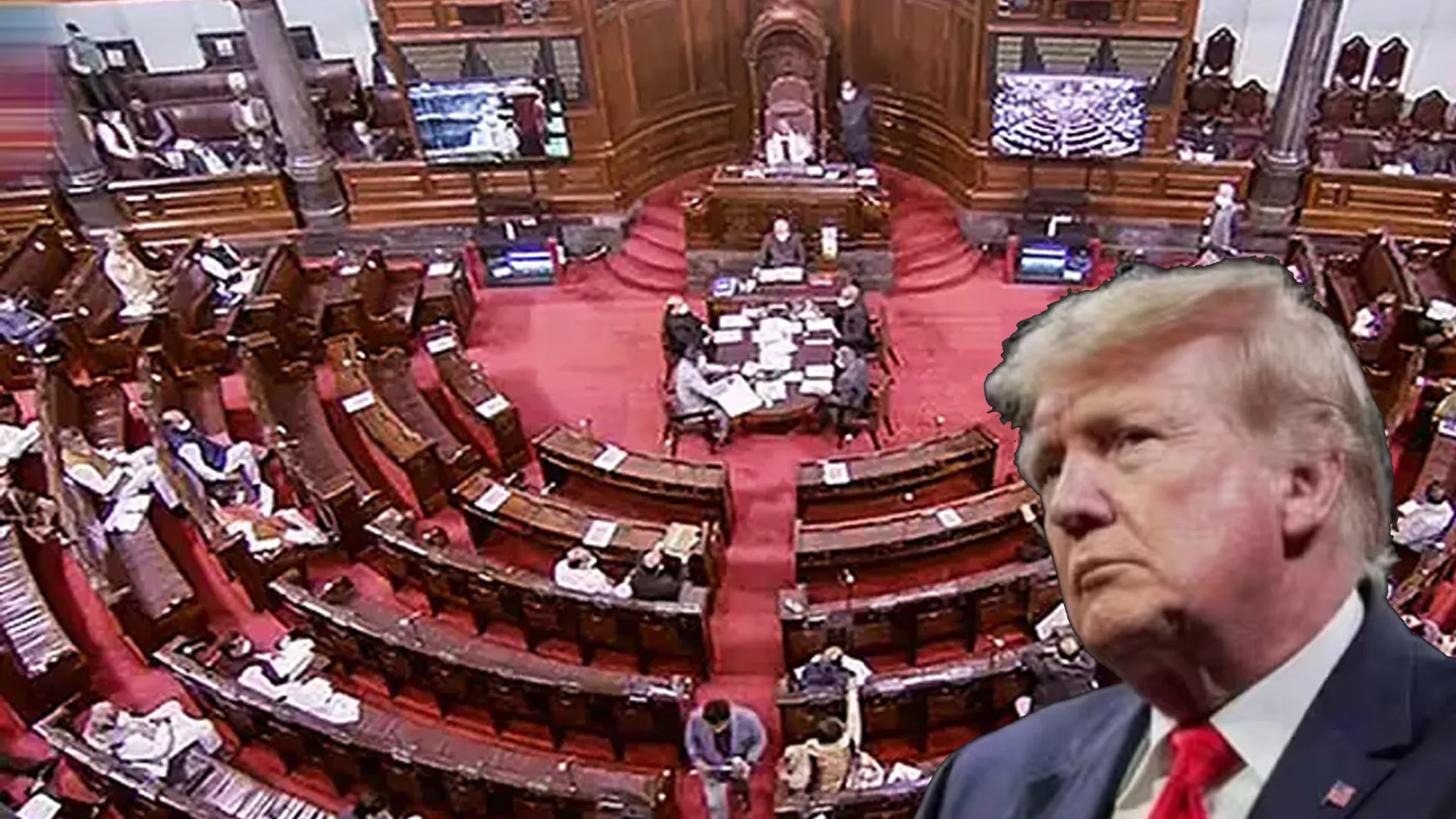Women’s World Banking (WWB) has released a comprehensive report highlighting the crucial role of Jan Suraksha schemes in enhancing financial resilience for rural women across India. The report draws on data collected from 912 Pradhan Mantri Jan Dhan Yojana (PMJDY) customers in Jharkhand, West Bengal, Assam, and Tamil Nadu.
According to the study, 88% of rural women have adopted insurance through the Jan Suraksha schemes, largely due to affordability, accessibility, and product simplicity. Even among women earning less than Rs 25,000 (approximately 300 USD) annually, 80% have enrolled in at least one insurance scheme.
Factors Driving Success: Affordability, Accessibility, Simplicity
Three main factors have driven the widespread adoption of the schemes:
- Affordability: Low-income women, particularly those earning under Rs 25,000 annually, have embraced the schemes due to their cost-effectiveness.
- Ease of Access and Enrollment: Banking agents played a pivotal role, with 72% of women enrolling through simple processes facilitated by these agents.
- Simplicity of Products: 83% of policyholders reported understanding the concept of the insurance products, which were rated 7.7 out of 10 for usefulness.
Overview of Jan Suraksha Schemes
The Jan Suraksha schemes consist of three social security programs introduced by the Indian government:
- Pradhan Mantri Jeevan Jyoti Bima Yojana (PMJJBY): Offers Rs 2 lakh coverage for death due to any cause, with a one-year term that can be renewed annually. Available to individuals aged 18 to 50 with a savings bank account.
- Pradhan Mantri Suraksha Bima Yojana (PMSBY): Provides financial coverage for accidental death (up to Rs 2 lakh) and partial or total disability (up to Rs 1 lakh). Available to individuals aged 18 to 70 with an annual premium of Rs 12.
- Atal Pension Yojana (APY): Guarantees a fixed monthly pension starting at age 60, designed for people aged 18 to 40 with a savings bank account.
The report emphasizes the significant role banking agents have played in promoting the schemes. 35% of the women surveyed acknowledged proactive outreach by their agents, which helped them better understand and enroll in the insurance programs.
Despite the positive uptake, the report notes that 56% of rural women remain vulnerable to financial shocks, especially due to health and climate-related emergencies. In times of crisis, 38% of women rely on bank savings, while 42% resort to borrowing.
Though microinsurance products have seen high adoption, only 2% of affected women have used insurance to build financial resilience. This gap highlights the need for more suitable insurance products and increased awareness about claims processes.
WWB’s recommendations include:
- Strengthening public-private partnerships.
- Improving the training of banking agents.
- Expanding the number of Bima Vahaks to reach underserved, last-mile customers.
Kalpana Ajayan, Regional Head, South Asia at Women’s World Banking, emphasized that women are “risk-aware, not risk-averse,” making them a key customer base for insurance products. She called for greater collaboration between private and government entities and innovation from insurance companies to better serve the financial needs of rural women.























